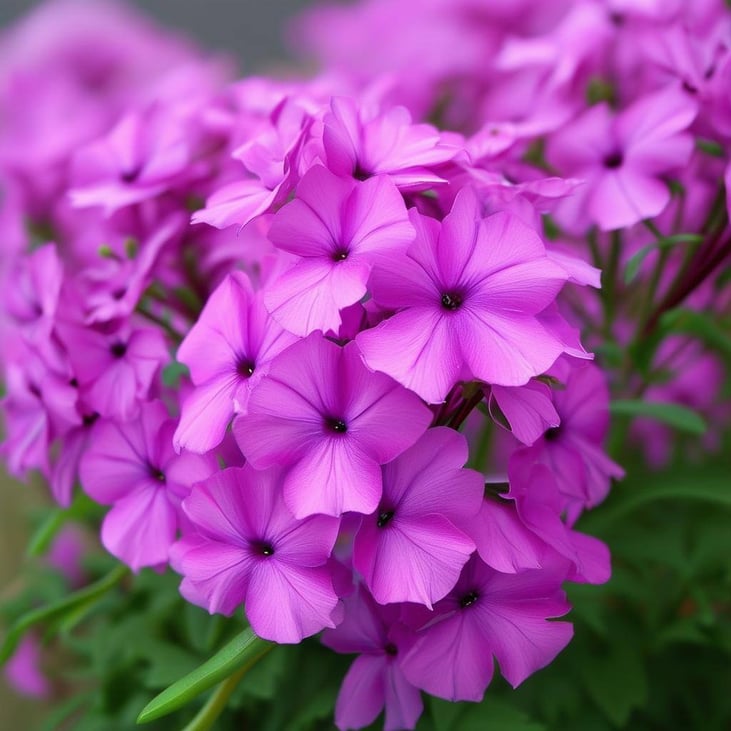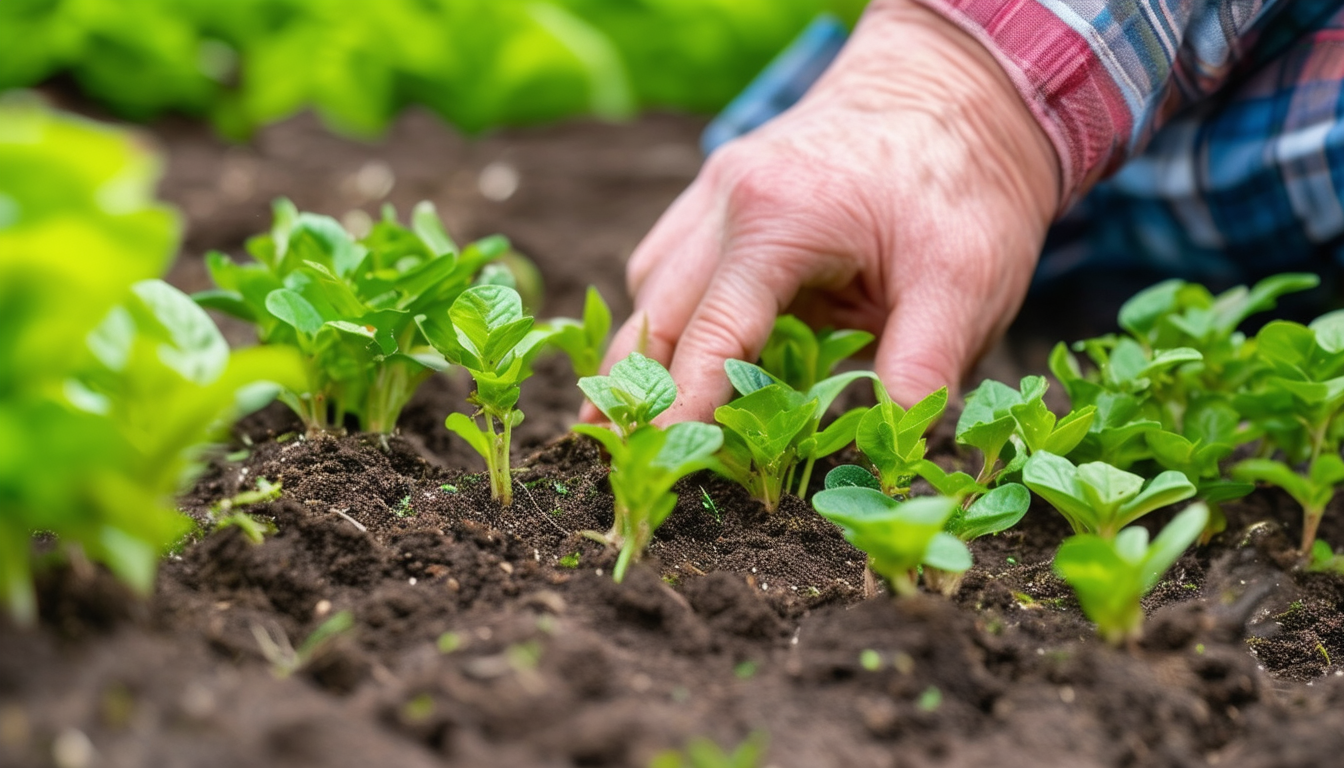
Unlock the secrets of root cutting propagation and transform your garden into a lush paradise.
Understanding the Basics of Root Cutting Propagation
Root cutting propagation is a fascinating method that involves creating new plants from sections of roots. This technique is particularly useful for plants that don't propagate well from seeds or stem cuttings. By taking a segment of a healthy root and planting it, you can encourage the growth of a new plant, essentially cloning the parent plant.
This method is not only effective but also economical, allowing you to expand your garden without purchasing new plants. Root cutting propagation can be done with various types of plants, offering a versatile approach to gardening.
Choosing the Right Plants for Root Cuttings
Not all plants are suitable for root cutting propagation, but many popular garden varieties are. Plants that typically do well with this method include perennials like phlox, oriental poppies, and blackberries. Many herbs, such as mint and horseradish, also lend themselves well to root cuttings.
Shrubs like lilac and hydrangea, as well as trees like the fig and the willow, can also be propagated through root cuttings. By selecting plants known for their success with this propagation method, you can ensure a higher success rate and a thriving garden.
5 Step Guide to Successful Root Cutting
1. **Select Healthy Roots**: Choose a mature, healthy plant and dig around its base to find thick, robust roots. Ensure the roots are disease-free and not damaged.
2. **Cut the Roots**: Using a clean, sharp knife or scissors, cut sections of the root about 2-4 inches in length. Make sure each section has at least one growth bud.
3. **Prepare the Soil**: Fill a pot with a well-draining soil mix. Moisten the soil to make it easier for the root cuttings to establish.
4. **Plant the Cuttings**: Insert the root cuttings vertically into the soil with the growth bud pointing upwards. Cover the cuttings lightly with soil.
5. **Care for the Cuttings**: Place the pot in a warm, bright spot but out of direct sunlight. Keep the soil consistently moist but not waterlogged. Within a few weeks, new shoots should start to appear.
Common Mistakes and How to Avoid Them
One common mistake is taking root cuttings from unhealthy or diseased plants, which can result in poor growth or failure to propagate. Always choose healthy parent plants for the best results.
Another error is improper watering. Overwatering can cause the cuttings to rot, while underwatering can lead to dehydration. Aim to keep the soil consistently moist but not soggy. Additionally, planting cuttings too deep or too shallow can hinder their growth. Ensure that the growth bud is just below the soil surface.
Advanced Tips for Thriving Root Cuttings
To give your root cuttings the best chance of success, consider using a rooting hormone. This can stimulate faster and stronger root growth. There are natural options available, such as willow water or honey, which can be just as effective as commercial products.
Providing the right environment is crucial. Maintain a humidity level of around 70-80% by covering the pot with a plastic bag or using a propagation dome. This helps to retain moisture and create a micro-climate conducive to root development. Furthermore, bottom heat can enhance root growth. A heat mat set to around 70°F can provide the warmth needed for optimal rooting.
FAQ
Can you propagate from root cuttings? Yes, many plants can be effectively propagated from root cuttings, making it a versatile method for gardeners.
What crops are propagated by root cuttings? Common crops include blackberries, raspberries, and certain types of herbs like mint and horseradish.
What is the method of propagation by root cutting? It involves cutting sections of a healthy root and planting them in soil to develop new plants.
Can I grow a plant from just roots? Yes, provided the roots are healthy and have growth buds.
Is it better to root cuttings in water or soil? Rooting in soil is generally more successful for root cuttings, as it provides a stable environment.
How do you transfer root cuttings to soil? Once the cuttings have developed sufficient roots, they can be gently transplanted to a larger pot or directly into the garden.
Can you take root cuttings in summer? Yes, but spring and fall are typically the best times for taking root cuttings.
What plants grow from root cuttings? Many perennials, shrubs, and even some trees can be propagated from root cuttings.
How long should propagated roots be before planting? Roots should be at least a few inches long and show signs of new growth before planting.
Can I plant cuttings straight into soil? Yes, root cuttings are typically planted directly into soil for best results.
What are examples of root propagation? Examples include using root cuttings from plants like lilac, hydrangea, and fig trees.
What to do when cuttings have rooted? Once rooted, they should be gradually acclimated to their new environment before being planted out.
What is the best natural rooting hormone? Willow water and honey are popular natural rooting hormones.
Why won't my cuttings root in water? Root cuttings often need the stability of soil to develop properly, which water may not provide.
How to make cuttings root faster? Using a rooting hormone and providing bottom heat can accelerate rooting.
What is marcotting? Marcotting is another form of propagation involving air layering, where roots are encouraged to form on a stem while it's still attached to the parent plant.
What are the 4 main types of cuttings? The four main types are root cuttings, stem cuttings, leaf cuttings, and tip cuttings.
What is the budding method? Budding involves grafting a bud from one plant onto the stem of another to grow a new plant.
Can you propagate a plant with just roots? Yes, as long as the roots are healthy and have growth buds.
What does root rot look like? Root rot is characterized by dark, mushy roots and a foul smell.
What is the best time to take cuttings? The best time is usually during the plant's dormant period, typically in early spring or late fall.
Which is better, grafting or marcotting? Both have their advantages, but grafting is often used for woody plants, while marcotting is suitable for large stems.
What is the main difference between air layering and cuttings? Air layering involves rooting while the stem is still attached to the parent plant, whereas cuttings are rooted after being severed.
What is inarching in plant propagation? Inarching is a grafting technique where young plants are joined to strengthen or repair a plant.
How to take root cuttings? Select healthy roots, cut into sections, plant in soil, and maintain proper care.
What is a heel cutting? A heel cutting includes a piece of the parent plant's stem, which can improve rooting success.
What plants can be grown from roots? Many perennials, shrubs, and trees can be propagated from root cuttings, such as phlox, lilac, and fig trees.



